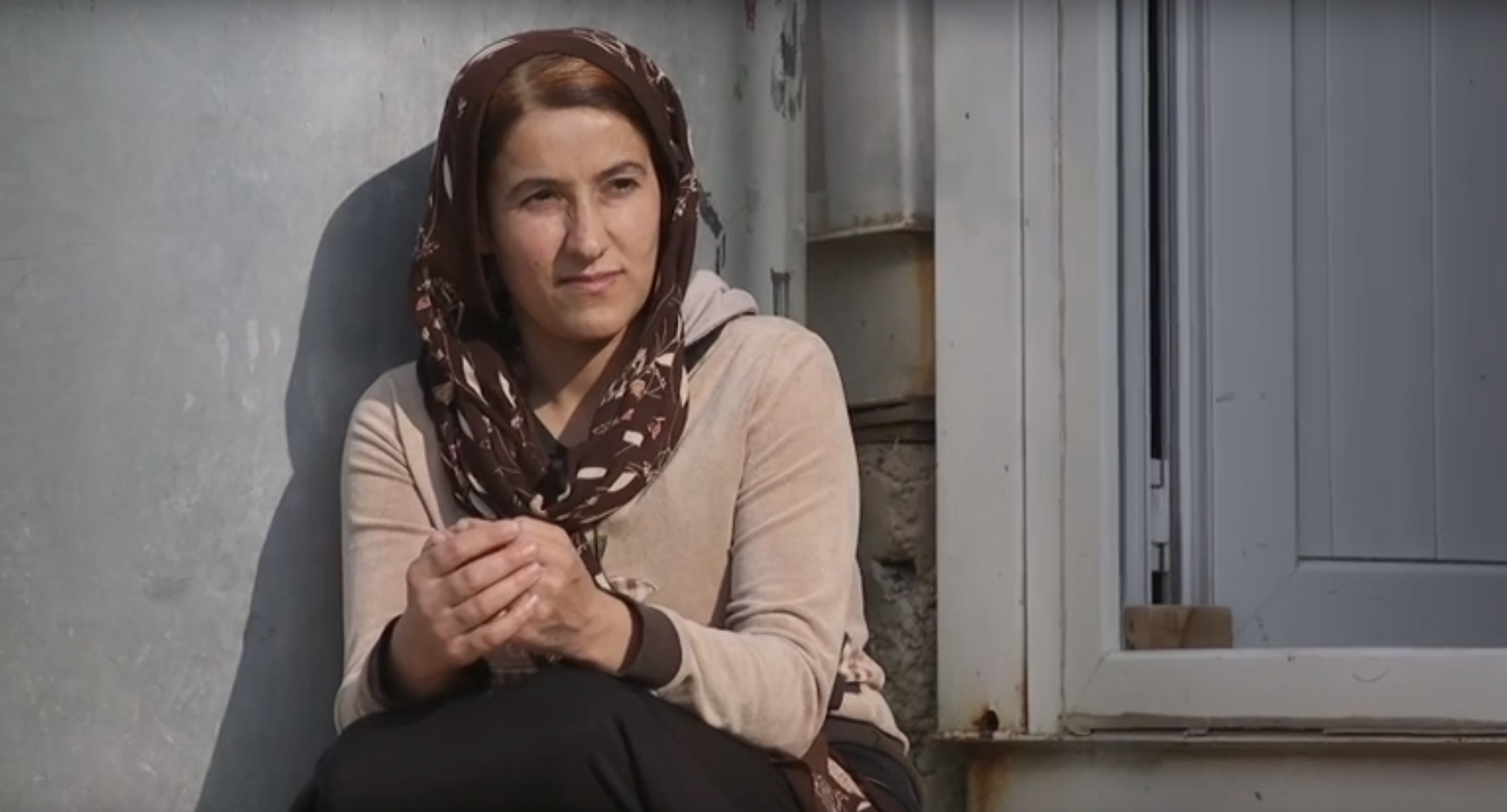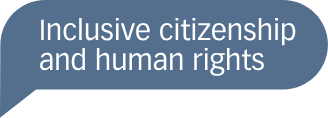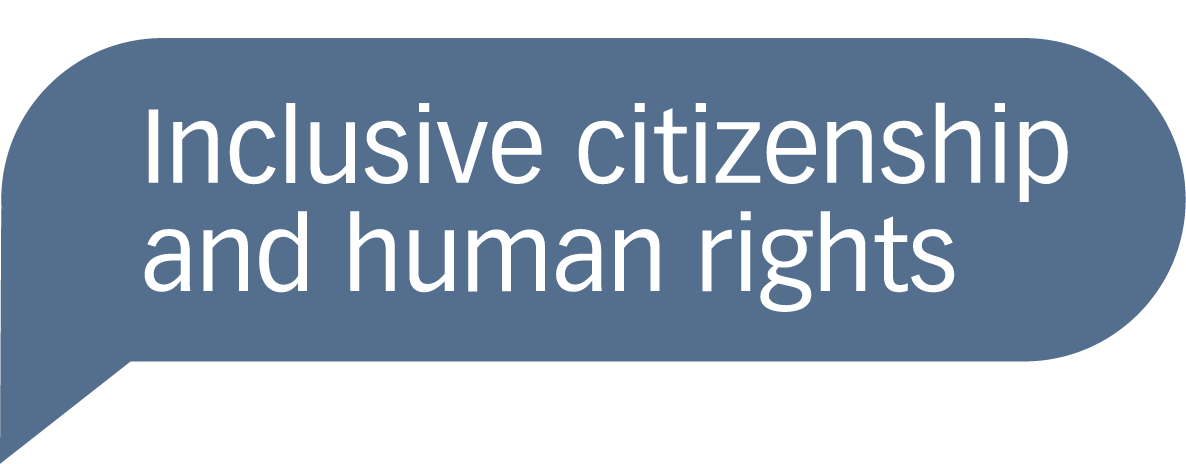
Using film in education can engage students, explore complex themes, and promote citizenship education. Videos that present multiple perspectives bridge the gap between theory and reality, offering a deeper understanding of the world around us. This page outlines a few of the many possible strategies for using films in education, along with suggestions for follow-up activities. The recommendations presented here depend on your class dynamics and learning objectives.
Professor Claudia Lenz discusses the advantages and challenges of using films in education
What types of videos can be used in the classroom?
This platform features not only short films but also video stories, expert interviews, and other resources. Many of the short films adopt a documentary style, portraying real events, people, and themes grounded in authentic information. When using such videos, critical literacy is essential, as even fact-based films may present only certain perspectives or aspects of reality.
Benefits and Challenges
Films have the potential to spark curiosity, broaden perspectives, and deepen understanding. However, like any educational tool, they come with certain challenges. Below, we explore both the benefits and key considerations educators should keep in mind when using films in the classroom:
- Introduce students to diverse practices and perspectives: Films expose students to different cultures and viewpoints, fostering empathy, respect, and understanding for various social groups and worldviews.
- Foster empathy and understanding: By presenting real-life scenarios and diverse perspectives, films encourage students to develop empathy and respect for others, deepening their sense of social responsibility.
- Explore rights issues, cultural differences, and global challenges: Videos can make abstract concepts more relatable, helping students engage with issues of social justice, human rights, and global challenges in a meaningful way.
- Stimulate reflective and critical thinking: Films provide a platform for students to think critically about the world around them, encouraging deeper analysis of societal issues and promoting intellectual engagement.
- Sensitivity: Some video topics may be sensitive for certain students, as each individual brings their own experiences to the classroom. If the class is not adequately prepared for content related to, for example, genocide, the video may evoke unexpected reactions.
- Presenting a single perspective: Videos that focus on only one side of a topic or a single group’s viewpoint can reinforce stereotypes and limit students’ understanding of complex issues. It’s important to provide diverse perspectives and raise awareness about the limitations of the video format, whether it presents an insider’s view or an expert’s analysis.
- Misrepresentation: Some videos may propagate stereotypes or generalize cultures, religions, or social groups, leading to prejudice and misunderstandings. They may also reinforce stereotypes students hadn’t previously recognized.
- Lack of critical reflection: Simply watching a video without encouraging reflection or analysis can result in passive learning, which misses the full educational potential of the content.
To prevent these challenges, thorough preparation and follow-up activities are crucial. Below are some key considerations and tips for educators.
Before showing a video
1. View the video in advance to prepare for its use in class:
Some films on this platform address topics, such as events and stories from genocides and wars, while others offer insights into various religious practices. Depending on the content and themes presented, different pedagogical approaches could be necessary. For example:
- Videos on the genocide in Srebrenica: These videos cover what happened during the genocide and consequences today. They include images and clips that could reinforce trauma for some viewers. In an educational setting, it can be helpful to prepare participants for such content and to validate their reactions by acknowledging that it is okay to find it difficult.
- Videos on Religious Diversity in Tunisia: These videos explore various religions in Tunisia and provide insights into different practices. To avoid reinforcing stereotypes, it can be useful to discuss how understanding different religious practices can foster empathy. It may also be helpful to talk about prejudices related to religion. Beginning with students’ existing knowledge of religions and Tunisia can be a good way to initiate this conversation and a way to address potential negative stereotypes.
2. Consider the learning goals:
Videos can be powerful tools for achieving learning goals. Identifying clear outcomes is key when selecting a video. Much of our material supports learning in inclusive citizenship and human rights.
3. Connect with students’ prior knowledge:
Some videos are best viewed without prior context to spark interest, while others are more effective when viewers have background knowledge. We recommend building on participants’ prior knowledge and providing additional resources if needed.
4. Address potential prejudices:
To support inclusive citizenship education, encourage students to reflect on their own biases before watching a video. This can be done by facilitating reflection on their prior knowledge, focusing on where it comes from and how their beliefs and values might influence their interpretation of the video’s content. However, avoid positioning individuals as representatives of specific groups or views, as this can reinforce stereotypes and hinder inclusivity.
6. Encourage active listening and observation while watching the video:
This can be done by encouraging participants to take notes, write down questions during the video, or providing them with prompts to consider while watching.
After watching a video:
Processing impressions from a video can be just as important as the viewing itself. It gives participants the opportunity to reflect, discuss, and internalize what they’ve seen. Here are some tips on how you, as a teacher, can facilitate meaningful follow-up activities after showing a video.
1. Facilitate reflection:
Video communicates a lot of information in a relatively short time. After viewing the video, participants may need space to reflect on what they have seen. This can be done individually or in groups. Use open questions such as:
-
- Was there anything that surprised you or made you think?
- How can you relate this to what you have learned before?
- What were your thoughts while watching the video?
- Was there anything that surprised you or made you think?
2. Explore and integrate different perspectives:
Encourage participants to explore a variety of perspectives to promote inclusive citizenship. This can be done through activities, assignments that explore different perspectives from the video, open-ended questions, group discussions, reflections, and by including supplementary texts and resources. Providing additional materials deepens understanding and helps students see beyond a single narrative.
3. Facilitate dialogue:
Create an environment where participants recognize that the video reflects just one of many perspectives. Small group discussions can help them share reactions, challenge views, and build empathy. These settings make it easier for everyone to feel heard. Ensure diverse viewpoints are included without causing harm, to support an inclusive learning environment
4. Offer Support for sensitive topics:
For videos that address sensitive or traumatic subject, support may be necessary after viewing. This can include individual conversations with students or providing additional resources for those who wish to explore the topic further. Ensure that participants have the option to step back if needed.
5. Encourage critical reflection:
Encourage participants or design assignments that prompt them to critically evaluate the video’s content. This can involve questioning if anything is missing, exploring potential biases, and reflecting on how the information affects them personally. It can also include questioning the video itself, as videos are merely a snapshot of reality



